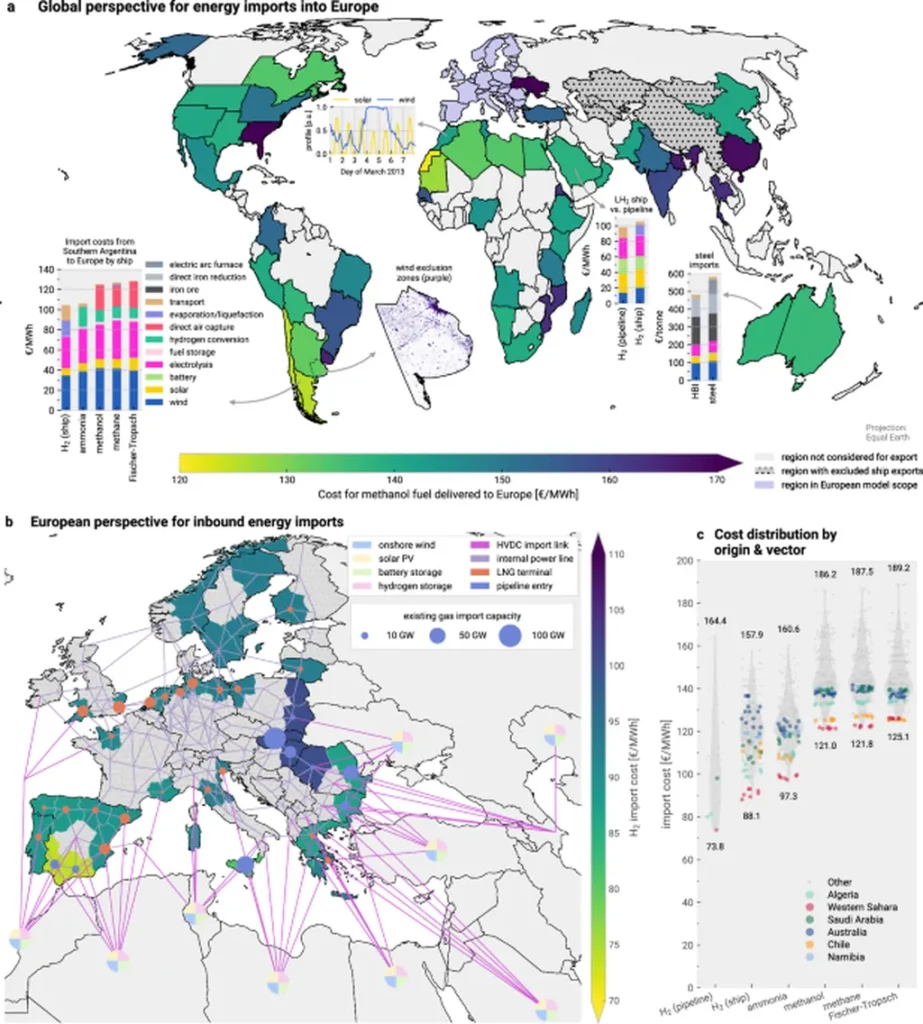Researchers Sheng Wang and Muhammad Maladoh Bah have published a groundbreaking study exploring the potential of cross-border offshore hydrogen trade to support Europe’s net-zero transition. Their work offers a fresh perspective on how surplus green hydrogen from Ireland and the UK could play a pivotal role in decarbonising the continent.
The study developed a bottom-up method to assess the role of offshore hydrogen from Ireland and the UK in Europe’s decarbonisation efforts. The researchers evaluated future hydrogen and ammonia trading, considering factors such as cost-competitiveness in offshore hydrogen production, domestic power and gas system operations, and international shipping costs. Their findings indicate that offshore green hydrogen could significantly reduce carbon dioxide emissions across Europe.
The research highlights that the UK will be the largest hydrogen supplier from 2030 to 2040, with Ireland surpassing it by 2050. Ireland is projected to export 161 TWh of hydrogen to France and Spain, contributing substantially to the region’s energy needs. This westward flow of hydrogen not only supports Europe’s net-zero progress but also reshapes the energy supply structure, enhancing energy security across the continent.
The study underscores the importance of leveraging offshore wind capacities in Ireland and the UK, which are more than twice the projected power demands of these countries. By exporting surplus green hydrogen, these nations can bridge the supply-demand gap and facilitate cleaner fuel resources for countries like Germany. This strategic approach could mitigate carbon emissions and accelerate Europe’s transition to a sustainable energy future.
The findings of Wang and Bah’s research provide a compelling case for the potential of cross-border hydrogen trade in Europe. By harnessing offshore wind resources and optimizing hydrogen production and distribution, Europe can make significant strides toward its net-zero goals. This study offers valuable insights for policymakers, energy companies, and stakeholders invested in the future of sustainable energy. Read the original research paper here.

